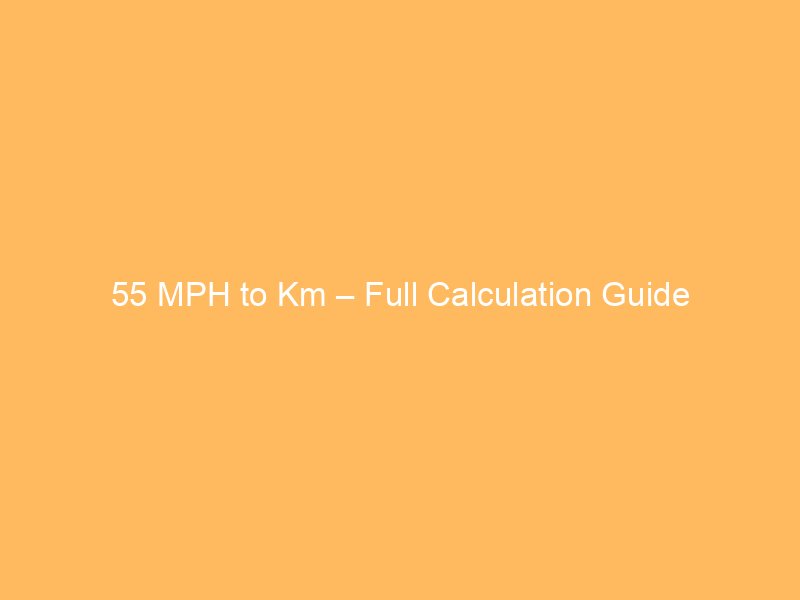2 meters is equal to 78.7402 inches.
To convert meters to inches, you multiply the length value in meters by the conversion factor 39.3701, because 1 meter equals 39.3701 inches. So, 2 meters times 39.3701 gives the result in inches.
Conversion Tool
Result in inches:
Conversion Formula
The formula for converting meters to inches is:
inches = meters × 39.3701
This works because 1 meter equals exactly 39.3701 inches, which comes from the definition that 1 inch is 0.0254 meters. To get inches from meters, multiply the meter value by 39.3701.
Example calculation for 2 meters:
- Start with the value in meters: 2 m
- Multiply by the conversion factor: 2 × 39.3701
- Calculate the product: 78.7402 inches
Conversion Example
- Convert 5 m to inches:
- Take 5 meters
- Multiply by 39.3701: 5 × 39.3701
- Result is 196.8505 inches
- Convert 0.75 m to inches:
- Start with 0.75 meters
- Multiply 0.75 × 39.3701
- Equals 29.5276 inches
- Convert 10.2 m to inches:
- Value is 10.2 meters
- 10.2 × 39.3701
- Result: 401.574 inches
- Convert 1.5 m to inches:
- Use 1.5 meters
- Multiply: 1.5 × 39.3701
- Resulting in 59.0552 inches
- Convert 3.33 m to inches:
- Start with 3.33 meters
- 3.33 × 39.3701
- Equals 131.1024 inches
Conversion Chart
| Meters (m) | Inches (in) |
|---|---|
| -23.0 | -905.511 |
| -20.0 | -787.402 |
| -15.0 | -590.551 |
| -10.0 | -393.701 |
| -5.0 | -196.850 |
| 0.0 | 0.0000 |
| 5.0 | 196.850 |
| 10.0 | 393.701 |
| 15.0 | 590.551 |
| 20.0 | 787.402 |
| 25.0 | 983.858 |
| 27.0 | 1062.992 |
The chart shows meters values in left column, and their corresponding inches on right. To find inches for any meter value, locate closest meters row and read across to inches. Negative values means lengths measured below zero point or in opposite direction.
Related Conversion Questions
- How many inches are in 2 meters exactly?
- What is 2 m converted to inches with decimals?
- How do I change 2 meters into inches quickly?
- Is 2 meters longer than 78 inches?
- How many inches make up 2 m in the US customary system?
- Can I convert 2 m to inches using a simple formula?
- Why does 2 meters equal about 78.74 inches?
Conversion Definitions
m (meter): A meter is a unit of length in the metric system used worldwide. Defined as the distance light travels in a vacuum in 1/299,792,458 seconds, it is the base SI unit for measuring length. Meters measure distances or lengths in meters.
inches: An inch is a unit of length in the imperial and US customary systems, equal to 1/12 of a foot. Exactly defined as 2.54 centimeters or 0.0254 meters, inches are used mainly in the United States for measuring small distances, lengths, or heights.
Conversion FAQs
Why is the conversion factor 39.3701 used to convert meters to inches?
The number 39.3701 comes from the exact relationship between meters and inches. Since 1 inch equals exactly 0.0254 meters, dividing 1 meter by 0.0254 meters per inch gives 39.3701 inches per meter. This makes it the precise factor to convert meters into inches.
Can I just multiply meters by 40 to get inches?
Multiplying by 40 gives a quick estimate but is not accurate. Because 1 meter equals 39.3701 inches, using 40 would slightly overstate the length. For precise measurements, especially in engineering or science, it’s better to use 39.3701 as the factor.
Does the conversion change based on temperature or material?
The basic conversion between meters and inches does not change with temperature or material because it is a defined standard. However, actual physical lengths can change due to thermal expansion or contraction, but the conversion factor remains constant.
Why do some sources use 39.37 while others use 39.3701?
Some sources round the conversion factor to 39.37 for simplicity. The more precise value is 39.3701, which includes more decimal places for accuracy. For everyday uses, 39.37 is often close enough, but precision work requires 39.3701.
Is the conversion between meters and inches reversible without loss?
Yes, converting from meters to inches and back to meters using the exact conversion factors results in the original value. But rounding errors during calculations can cause tiny differences if decimal places are truncated.




